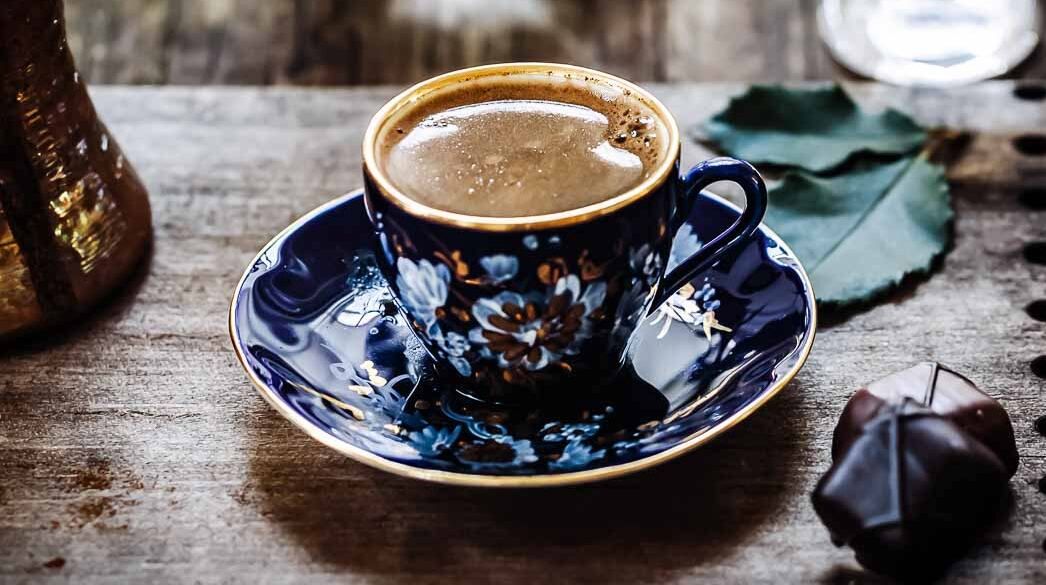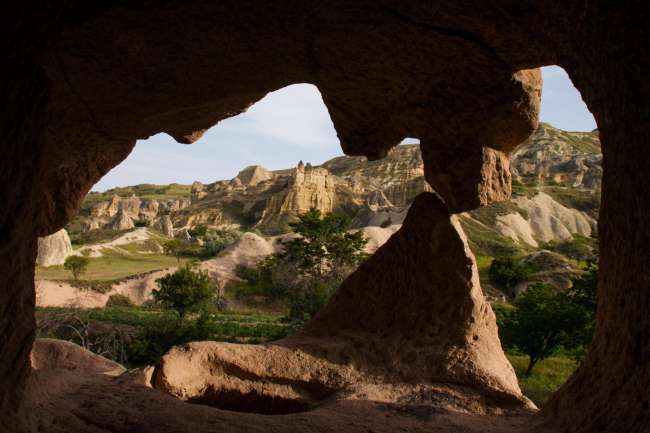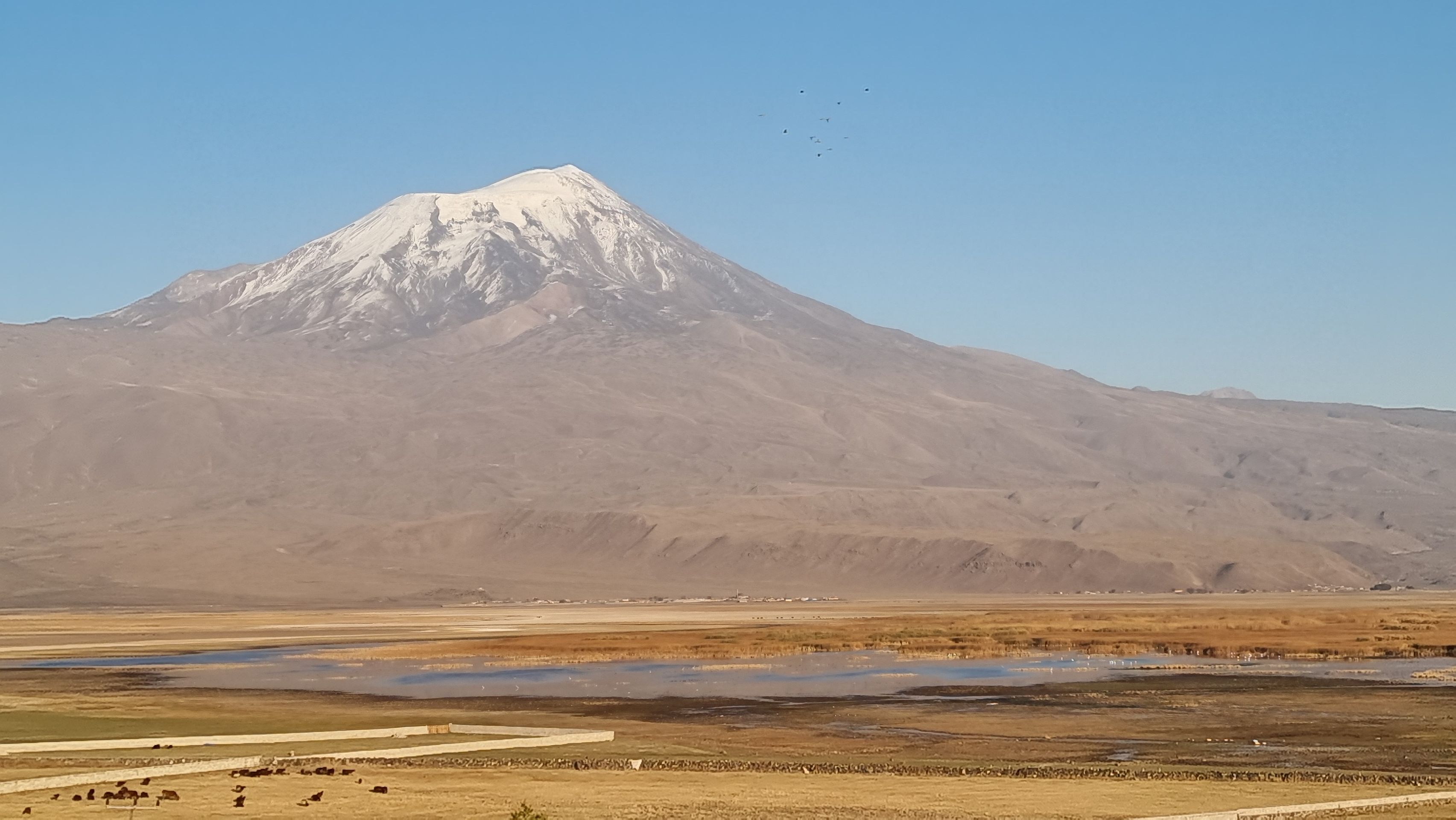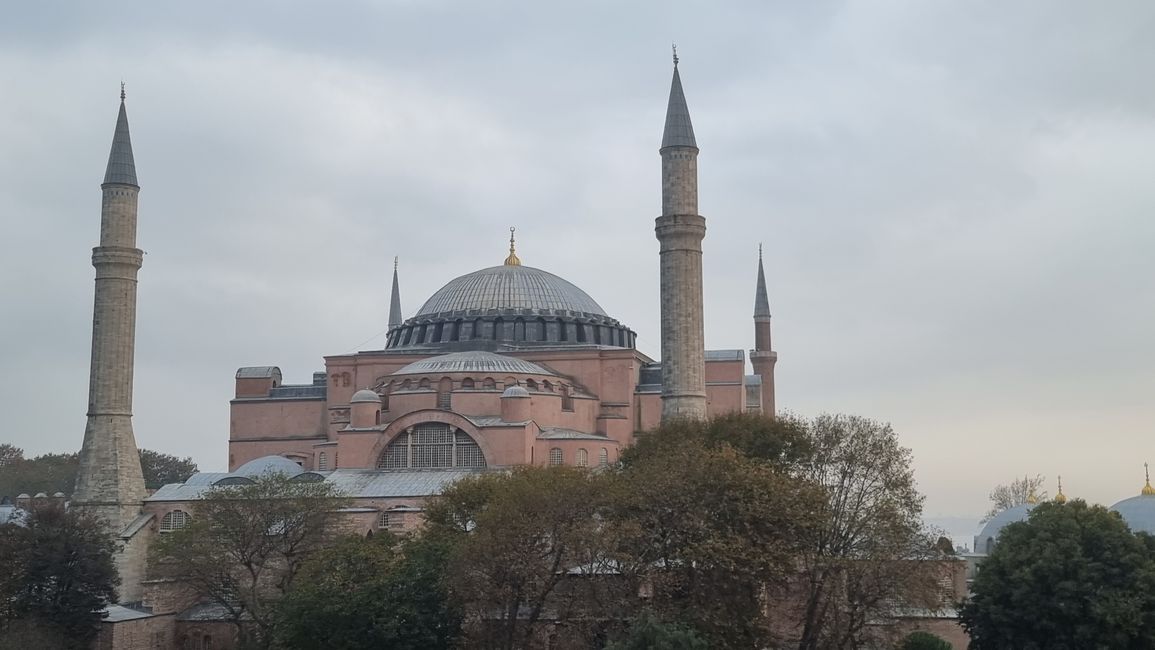
Don Curry on Tour 3
vakantio.de/don-curry-on-tour-3
Tag 38 - Don Curry in traffic chaos
Ebimisami: 09.11.2021
Don Curry almost always enjoyed the well-developed and often quite empty roads of Anatolia. The only difficulty arose when he was forced to drive through one of Turkey's million cities, such as Istanbul, Adana, or most recently Ankara. Then he always spent a lot of time in traffic jams and had to constantly expect surprisingly creative traffic maneuvers from other cars, buses, motorcycles, or pedestrians. Extremely strong nerves were required in those situations.
In Safranbolu, he didn't need them. As the only guest, he had the entire breakfast room to himself, his small buffet was served directly at his table, and he could also order an egg dish of his choice. In addition, the architect's wife treated him to a whole pot of tea, while in all the previous hotels he had always had to order more of the tiny glasses.
Don Curry left the enchanted hotel and the timeless city with a calm mind. It took him four hours to reach Istanbul, mostly on highways or similarly generous roads. However, his destination would be located in the middle of Istanbul's old town. That worried him. It would soon become clear that these worries were well-founded. The misery began when Don Curry had passed through the tunnel under the Bosporus and was only 3 km away from his hotel. Not only did the traffic get denser, but the road conditions also did not match the information from Google Maps several times. One-way street regulations were changed, roads were completely impassable due to construction work. Don Curry worked his way through Istanbul's old town traffic centimeter by centimeter. The parking behavior of the residents, who liked to park their cars in second or third row with hazard lights on while visiting a shop or running errands, proved to be particularly challenging. This caused further congestion in the already slow-moving traffic when three congested lanes had to repeatedly reduce to two or even just one lane. After almost two hours in the Istanbul city area, he was finally very close to his hotel. However, no matter from which side he approached it, the access was blocked, the entire area had become a pedestrian zone. After circling the area three times, Don Curry had had enough and adopted the creative Turkish driving style. He simply drove into the tram tracks, which were only allowed for trams, and was able to get very close to the hotel. Then he parked in the middle of the tram tracks so that the trams could pass by. He took his travel bag and walked to the hotel.
When he described his parking situation during the check-in, a bellhop was asked to accompany him in the car and guide him to the hotel. Don Curry already knew the entire route from his previous attempts to approach up to the point where the pedestrian zone began. Here, the bellhop got out and asked from shop to shop who could lower the barrier with a radio signal. At some point, he was successful, and Don Curry could now drive through the pedestrian zone to the hotel and park his car. He would not move it today.
As compensation for the hardships he had endured, the hotel granted him one of the few balcony rooms on the top floor. Don Curry was amazed when he could enjoy an unobstructed view of the Hagia Sophia from the balcony. The Blue Mosque could also be seen well, but it suffered from the scaffolding of one of its minarets.
After extensive views from above, Don Curry plunged into the old town to once again see the familiar highlights he had visited on two previous occasions. He wanted to start with the Blue Mosque, which he could enter without any problems; however, the interior was completely covered with scaffolding. Apart from gray plastic sheets, behind which work was being done, the mosque did not offer anything for the eye. Don Curry then contented himself with the large tomb building for the builder of the Blue Mosque, Sultan Ahmet, and his extensive family.
Don Curry was especially curious about the Hagia Sophia, which had officially become a mosque again a few months ago. Some things had changed significantly as a result. While the old mosaics of Mary and Jesus were still visible in the vestibule, they were covered with white fabric panels in the central area. The magnificent marble floor was now hidden beneath a green carpet; in return, numerous artistically designed chandeliers hung from the ceiling and filled the room with more light than ever before. At least one thing remained unchanged: the Hagia Sophia was packed with visitors who were constantly busy taking photos. Only a few Muslims moved forward for the evening prayer near the mihrab. But this evening prayer was conducted in absolute silence - no recitation, no responses, only the usual prayer movements. Did they not want to disturb the tourists during their visit? Don Curry decided to return later in the evening, as the Hagia Sophia was now open for 24 hours free of charge.
He strolled through the old town a bit more, then sat on the terrace of a restaurant for dinner and ordered a delicious soup and Constantinople kebab with chicken. The latter turned out not to be a creative new kebab creation, but rather the classic Iskender kebab with 4 fried potato wedges on top. However, at least in this part of Istanbul, everything cost at least twice as much as in the rest of the country; Don Curry paid €18 for his meal with Coke Zero and tea. Shortly after returning to his hotel balcony to take pictures of nighttime Istanbul, heavy rain set in, accompanied by gusty winds that knocked over several umbrellas of the restaurant he had just visited. Since the rain did not stop, Don Curry abandoned his plan to visit the Hagia Sophia late at night. He would do it in the early morning before he had to venture into the traffic chaos of Istanbul again...
Eyano

Lapolo ya mobembo Dindon

